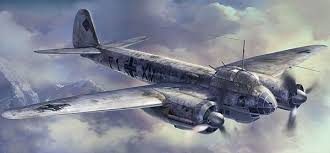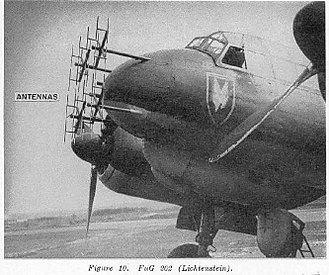Junkers JU88 C-6
Junkers JU88 C-6
Navigation
Airplanes
The Junkers Ju 88 is a German World War II Luftwaffe twin-engined multirole combat aircraft. Junkers Aircraft and Motor Works (JFM) designed the plane in the mid-1930s as a so-called Schnellbomber ("fast bomber") that would be too fast for fighters of its era to intercept. It suffered from technical problems during its development and early operational periods but became one of the most versatile combat aircraft of the war. Like a number of other Luftwaffe bombers, it served as a bomber, dive bomber, night fighter, torpedo bomber, reconnaissance aircraft, heavy fighter and at the end of the war, as a flying bomb.
Despite a protracted development, it became one of the Luftwaffe's most important aircraft. The assembly line ran constantly from 1936 to 1945 and more than 15,000 Ju 88s were built in dozens of variants, making it the second-most produced bomber of all time, behind the four-engined Consolidated B-24 Liberator, and the most-produced twin-engine German aircraft of the period. Throughout production the basic structure of the aircraft remained unchanged.
The C-6 as night fighter was typically equipped with FuG 202 Lichtenstein BC low-UHF band airborne intercept radar, using the complex 32-dipole Matratze antennas. The first four C-6 night fighters were tested in early 1942 by NJG 2. The trials were successful and the aircraft was ordered into production. In October 1943, many C-6s were upgraded with new radar systems. The first new radar equipment was the FuG 212 Lichtenstein C-1. After the UHF-band Lichtenstein radars had been compromised to the Allies in the late spring of 1943, the next development in German AI radar was the VHF-band FuG 220 Lichtenstein SN-2, discarding the 32-dipole Matratze antennae for the much larger eight-dipole Hirschgeweih (stag's antlers) aerials, required for the longer wavelength SN-2 system.
Ju 88 C-6 with the improved Hirschgeweih radar system
Many Ju 88C's had their Bola gondolas modified to hold up to two forward firing 20 mm (0.787 in) cannons. Several C-6 night fighters were equipped with two "Schräge-Musik" upward-firing 20 mm (0.79 in) cannons in trial fittings, and from mid 1943 onward, there was an official field modification kit available for this arrangement.
William Uyen
November 18, 1943 HisStory during the Air-battle of Berlin March 31, 1944
top
back to the beginning



.jpg)
